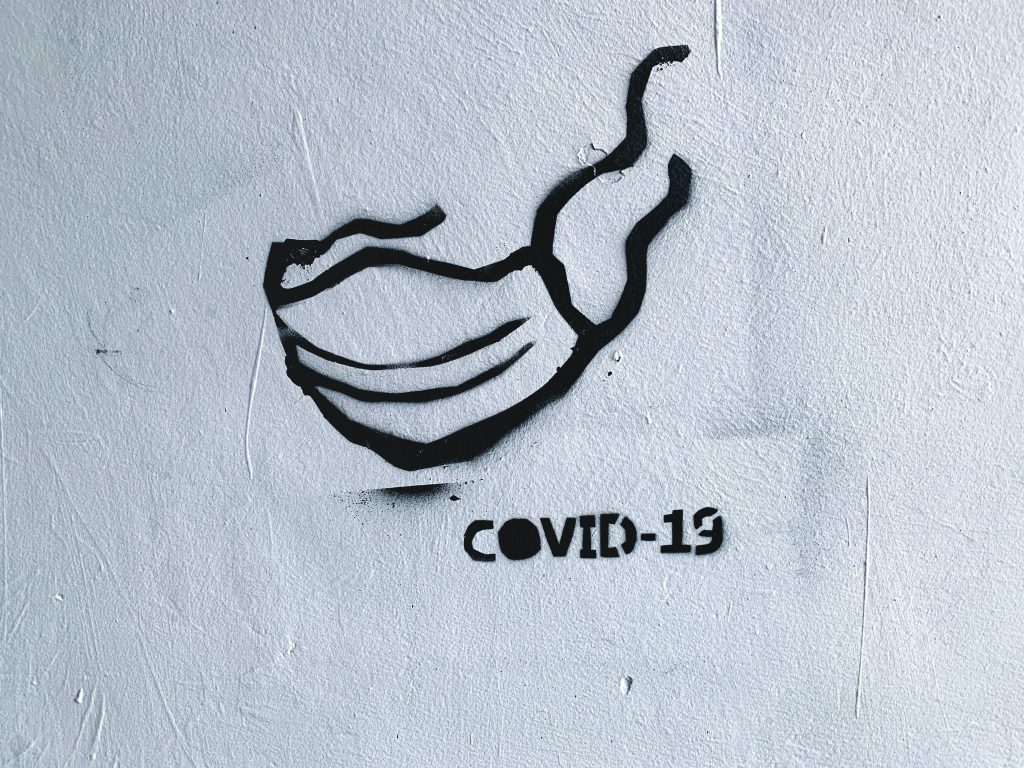
Fake news?
One of the biggest issues our generation faces is the idea of “fake news”, in which information is misconstrued or completely falsified to better suit a specific agenda. This problem has been around for many decades but has seen a surge due to social media, and now plays a large role in our everyday lives.
From catching up with loved ones to joining a random blog, it is now easier than ever to connect with people worldwide. This has led to various groups coming together on social media platforms to present convoluted ideas about the shape of the world or origin of a new pandemic.
Large media organisations are, unfortunately, not innocent when it comes to “fake news”, and sometimes perpetuates the development of these ideas. A simple internet search can however guide individuals towards reliable scientific journals or websites, such as Nature.
What we’ve learnt about COVID-19
Much is still unknown about this virus, but daily research from talented professors and medical professionals has validated some early claims. We know that symptoms vary, but the main symptoms consist of a:
– high temperature,
– new consistent cough
– and loss of taste or smell.
Medical treatment at the start of the pandemic was based on previous acute respiratory viruses, however recent developments in treatment have shown promise for severe cases of patients on ventilators. New research by the University of Bristol involving various steroidal treatments has shown to cut the mortality rate of severe cases from 40% to roughly 32%.
The first cases of animal to human transmission of COVID-19 have recently been discovered in Amsterdam with several outbreaks on mink farms, where 66 out of 97 workers tested positive for COVID-19. Genetic analysis and tracking has suggested that an infected worker transmitted the virus to the farm which was then reintroduced to the unaware workers. These findings have yet to be peer reviewed, meaning results could change as more information is discovered.
Whilst some don’t take COVID seriously due to its low mortality rate, related issues, from gastrointestinal issues to potential organ damage, are being reported up to 6 months after infection.
What can I do to stay safe and protect others?
Step 1: Minimize contact with objects and people – COVID-19 is so small that it can be transmitted via accidental inhalation. If someone has coughed or sneezed near you try not to touch your face as it is uncertain if infection can happen through the eyes. Limit the number of people you are in close contact with and don’t share items without disinfecting prior to contact.
Step 2: Maintain high hygiene standards – Wash your hands before you leave and upon return home, as well as before eating or drinking to minimise infection risk.
Step 3: Wear a mask when possible – Reusable masks made with basic cotton or fabric have been shown to provide a significant reduction in particles released when coughing. Avoid using bandanas or spandex snoods as studies have shown these actually increase the number of particles released, due to the breaking up of water droplets into smaller sizes. If you are vulnerable, then a fitted N95 mask will provide more protection but will not eliminate the risk of contracting COVID-19.
If you suspect that you have COVID-19 limit contact with others and self-isolate for at least 2 weeks. Order a free home test kit, and wait for results while self-isolating. If positive, notify people that you have been in contact with. Try to seek assistance from local COVID-19 relief groups which can help with supplies and medication.
If you are having issues with symptoms call your local doctor or 111 for medical advice. If you are having extreme issues with breathing, severe pain or loss of consciousness, call 999.
REFERENCES & RESOURCES
https://www.who.int/ – Official world health organization website (used for daily infection statistics)
https://jamanetwork.com/journals/jama/fullarticle/2770279 – Steroidal treatment analysis by University of Bristol of several medical trials
https://www.biorxiv.org/content/10.1101/2020.09.01.277152v1 – First case of animal to human transmission of COVID-19
https://www.nejm.org/doi/10.1056/NEJMoa2026116 – Humoral response showing retention of antibodies months after infection.
Mitchell Bettell
